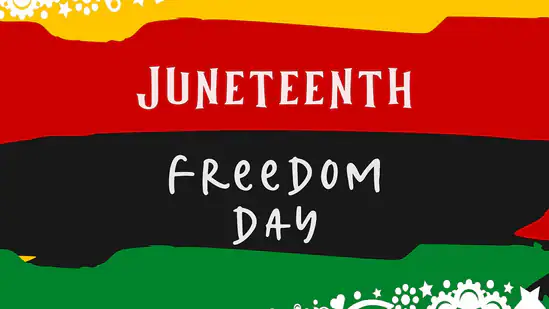Celebrating Love and Meaningful Connections on World Valentine’s Day

Valentine’s Day is celebrated annually on February 14. It is a special day to celebrate love affection, and appreciation. Traditionally Valentine’s Day is associated with romantic relationships, however, it has evolved into a day for expressing love in various forms, between partners, friends, family, and even self-love.
History of Valentine’s Day
The story behind Valentine’s Day is that he was a priest in the 3rd century Roman Empire during the reign of Emperor Claudius II. The emperor believed that single men made better soldiers than those with families and banned young men from marrying.
Defying this unjust law, Valentine secretly performed marriages for young lovers. When the emperor discovered this, he ordered Valentine to be executed.
And to immortalize his legacy, he became a symbol of love and sacrifice. Today, couples around the world celebrate Valentine’s Day in his honor, making it a day dedicated to love, and affection and observed through the exchange of greeting cards, flowers, chocolates, and gifts between loved ones.
Over the centuries, Valentine’s Day has evolved beyond romance, it has become a universal celebration that transcends borders and cultures, bringing people together in the spirit of love and appreciation.
Religious Connections and Evolving Traditions
Saint Valentine’s Day was once part of the Catholic liturgical calendar, it was later removed. However, many Christian denominations, including the Anglican and Lutheran Churches, still commemorate Valentine on February 14.
Beyond Christianity, Valentine’s Day has evolved into a global celebration, with different cultures adapting it to their traditions.
With globalization, Valentine’s Day has transformed into a secular celebration of love, embraced by people of diverse faiths and cultures. Whether rooted in religion, history, or modern expressions of affection, the holiday continues to evolve and unite people globally.
Legends and Traditions Associated with Valentine’s Day
Over time, various legends shaped the romantic image of Saint Valentine. Some believe he gifted newlyweds heart-shaped parchment tokens, thereby inspiring the modern tradition of exchanging valentines.
Others say he wore an amethyst ring engraved with Cupid, leading to amethyst becoming February’s birthstone.
The practice of gift-giving on Valentine’s Day gained popularity in 18th-century England, with couples exchanging flowers, sweets, and handwritten notes. By the 19th century, mass-produced greeting cards became widespread, solidifying the holiday’s commercial appeal.
The Role of Gifts and the Economic Impact of Valentine’s Day
The exchange of gifts is central to the celebration of Valentine’s Day and it is driving a multi-billion-dollar industry as people express love through flowers, jewelry, chocolates, and heartfelt messages.
For people whose loved ones are far from, they turn to digital gestures to bridge the distance, so they can send virtual gifts or money. Also, businesses see a surge in sales.
You can choose to celebrate in any way you desire, whether it is a handwritten note or a bouquet of roses, the spirit of Valentine’s Day remains the same which is bringing people closer.
Lessons Children Can Learn from Valentine’s Day
There are valuable lessons for children to learn on this day. These include:
1. Children learn the Importance of love and friendship
This is the time to teach children that love is not just reserved for couples alone but includes their friends, teachers, and family. They learn to express love.
2. They learn to be kind
Little acts of kindness matter and go a long way. This day, children learn to show acts of kindness to people around them. They can make a card that can brighten someone’s day.
3. Children learn to give and receive
Valentine’s Day teaches children that giving is as important as receiving. Whether a hug, or a kind word, They learn how to make others feel special.
4. They learn to show gratitude
Children learn to say ‘thank you’ to loved ones and appreciate the people when they are gifted.
Conclusion
Valentine’s Day is a day to celebrate love, connection, and appreciation that transcends cultures and traditions. Whether through romantic gestures, heartfelt friendships, or expressions of gratitude toward family and loved ones, the holiday reminds us of the importance of meaningful relationships. While gifts and traditions may evolve, the true essence of Valentine’s Day lies in sharing love in all its forms.
Image Source: http://www.bing.com





